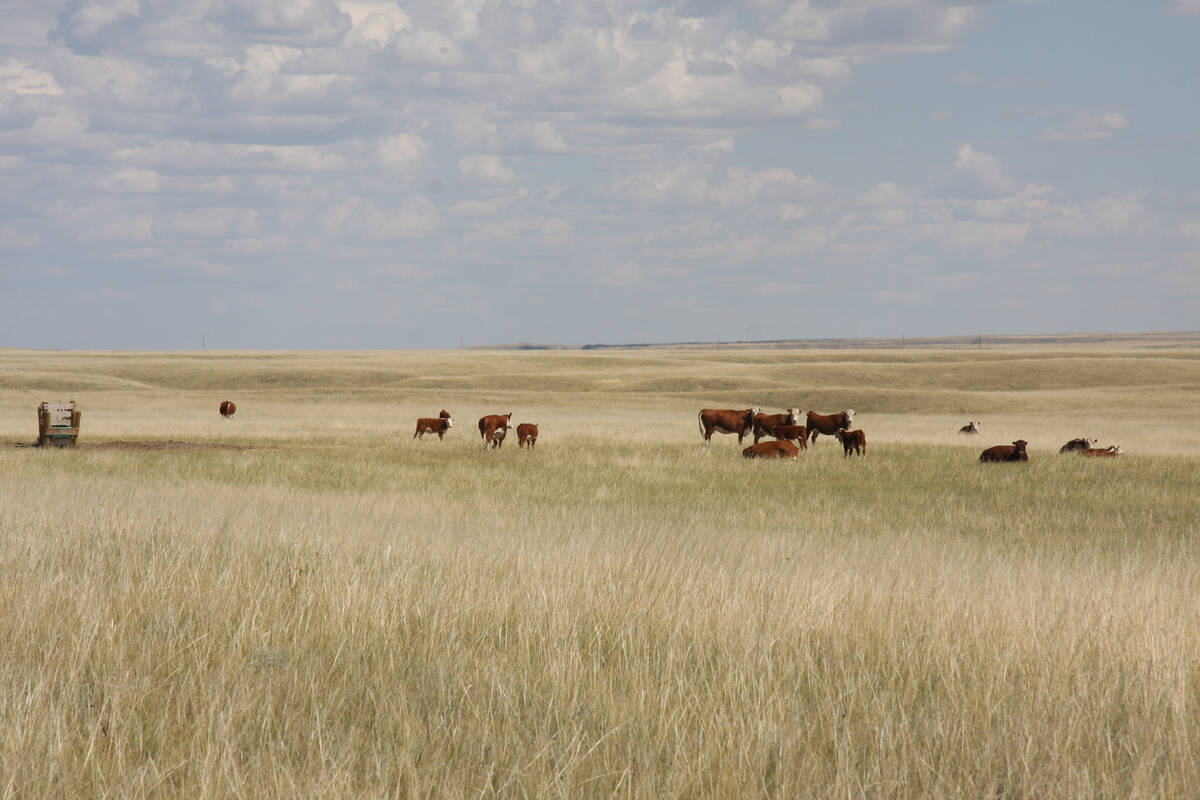Canada’s two national railways have reported record-setting financial results for 2005.
Increased revenues from hauling grain played a significant role in achieving those results.
Canadian Pacific Railway reported record net income of $543 million in 2005, representing a 32 percent increase from the previous year.
Canadian National Railway’s net income was up 24 percent to $1.56 billion, with free cash flow reaching a record $1.3 billion.
Farmers suffering through another year of low prices and high costs, with freight rates eating up a big chunk of their grain income, might be less than thrilled to hear about the railways’ prosperity.
Read Also

Conservation groups enter grazing lease debate
The Municipal District of Taber in southern Alberta remains at a political crossroads, weighing the interests of generating revenue for public services with conserving native grasslands.
But a spokesperson for CN rejected any suggestion the railways are profiting at the expense of farmers.
“You have to look at the railway’s entire book of business,” he said, noting that other commodities, such as forest products, coal and intermodal traffic, accounted for a bigger slice of the year-to-year increase in revenue than did grain.
“There was good performance across the company and there was good cost control performance,” Mark Hallman said.
And he noted that the more money the railway makes, the more it can re-invest in the system to improve service. For example, CN’s capital spending budget for 2006 is $1.5 billion, up by nine percent and representing almost 20 percent of the company’s total revenue.
“That represents a significant commitment to maintain the rail infrastructure and serve our customers better across North America,” Hallman said.
For CPR, grain contributed $754.5 million to the company’s coffers, up by 13 percent from 2004.
Grain accounted for 18 percent of the railway’s freight revenues, placing it second behind intermodal shipments at 27 percent and ahead of other bulk commodities such as coal, forest products, sulfur, fertilizers and automotive products.
Grain ranked first in one key measure of performance, generating freight revenue of $2,228 per carload, up seven percent from the previous year’s $2,080.
CN’s financial statement doesn’t contain separate figures for grain, instead lumping it together with fertilizer.
Together those commodities generated $1.1 billion in revenues, third behind forest products and intermodal, and represented about 15 percent of the company’s total freight revenue.
However, the five percent year-to-year increase in grain revenues was below the average 11 percent increase for other commodities.
The railway earned an average of $1,977 on every carload of grain, second only to forest products.
The company attributed its improved bottom line to higher freight rates, revenue from acquisitions such as BC Rail and Great Lakes Transportation, and a return to normal for intermodal business, which was affected by a strike in 2004.
Grain and fertilizer revenue was up due to larger export shipments of U.S. corn and Canadian barley and canola, which helped balance reduced volumes of high quality Canadian wheat destined for west coast ports.
CPR chief executive officer Rob Ritchie described 2005 as the busiest and most successful in the company’s long history. He noted that the railway achieved its positive
financial results and handled record volumes of traffic while completing a major track expansion to improve service from the Prairies to the West Coast.














